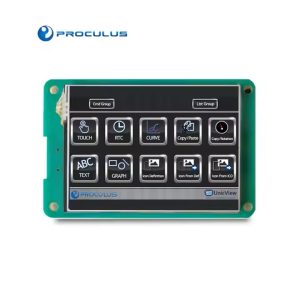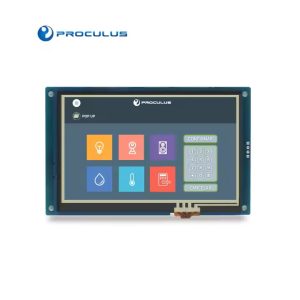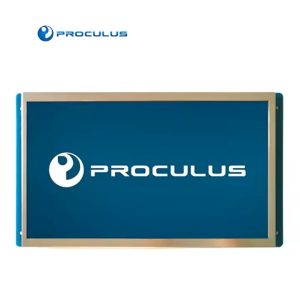The Ultimate Guide to Selecting the Perfect Smart Display for Retail Industry
Introduction to Smart Displays
Smart displays are revolutionizing the retail industry by enhancing customer engagement and streamlining operations. These advanced digital screens, equipped with interactive features and real-time data capabilities, provide dynamic content tailored to customer preferences. Proculus smart displays are easy to use. One kind is module with no OS, send commands through UARTs, and another type such as the android screen monitor has OS like Android or Linux. Communications are implemented with 5 simple serial commands.
Benefits of Using Smart Displays in the Retail Industry
Smart displays offer numerous advantages for retailers. Proculus LCD modules enhance customer experience by delivering personalized advertisements and product recommendations. This targeted approach increases customer satisfaction and drives sales. Additionally, smart displays provide valuable insights into customer behavior, enabling retailers to optimize store layouts and inventory management.
Factors to Consider When Selecting a Smart Display for Retail
Choosing the right wholesale touch screen display involves several considerations. First, assess the display size and resolution to ensure it fits your store’s layout and delivers clear, high-quality images. Next, consider the display’s interactive capabilities, such as touchscreens and voice recognition, to enhance customer engagement. Lastly, evaluate the software and integration options to ensure compatibility with your existing systems.
How to Set Up and Integrate a Smart Display in a Retail Environment
Setting up a smart display involves careful planning and integration. Start by selecting a strategic location where the display will attract maximum customer attention. Ensure the display is securely mounted and easily accessible. Integrate the display with your existing systems, such as inventory management and customer relationship management (CRM) software, to enable seamless operation and real-time data updates.Tips for Optimizing the Use of Smart Displays in Retail
To maximize the impact of smart displays, follow these optimization tips. Regularly update content to keep it relevant and engaging for customers. Use data analytics to understand customer preferences and tailor content accordingly. Encourage interactivity by incorporating touchscreens and voice commands, enhancing the overall shopping experience. Additionally, monitor the display’s performance and address any technical issues promptly to ensure smooth operation.
Cost Considerations and Budgeting for a Smart Display
Investing in a smart display requires careful budgeting. Consider the initial purchase cost, which varies based on size, resolution, and features. Factor in installation expenses, including mounting and integration with existing systems. Additionally, budget for ongoing maintenance and content updates to keep the display functioning effectively. While the initial investment may be significant, the long-term benefits in customer engagement and operational efficiency can provide a substantial return on investment.Conclusion: Making the Right Choice for Your Retail Business
Selecting the perfect smart display for your retail business involves understanding its benefits, evaluating key factors, and considering budget constraints. By choosing the right display, integrating it effectively, and optimizing its use, retailers can enhance customer engagement, streamline operations, and drive sales. Smart displays are a powerful tool in the evolving retail landscape, offering opportunities for growth and innovation. Make an informed choice to ensure your retail business reaps the full benefits of this cutting-edge technology. Our smart displays can be used in retail business. For size, We offer intelligent displays in various sizes to suit your application needs. Contact us now.

Category:
Author:
Client:
Date:
 English
English


